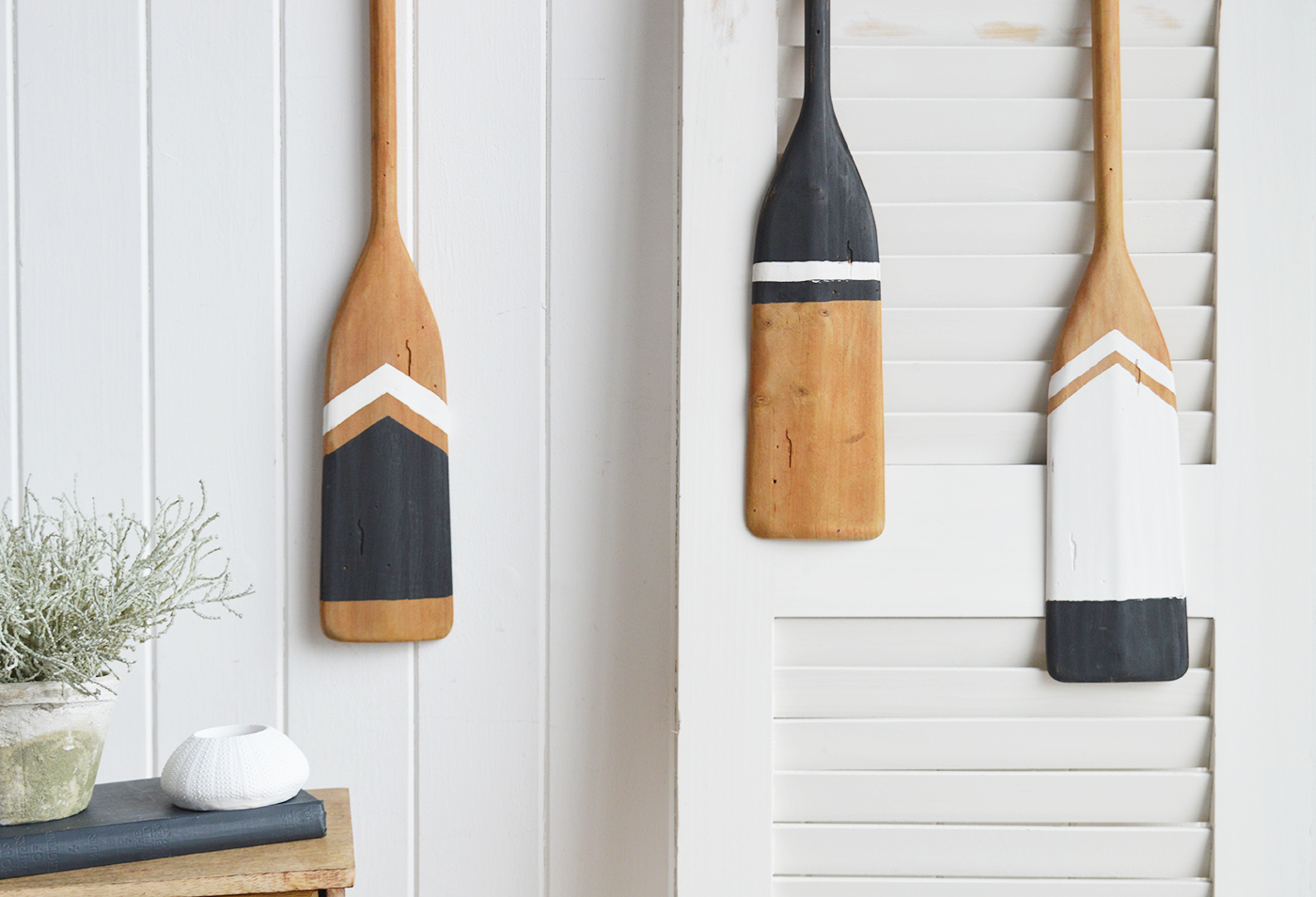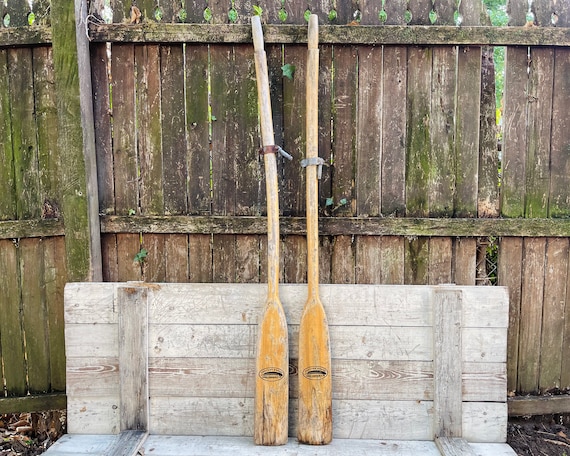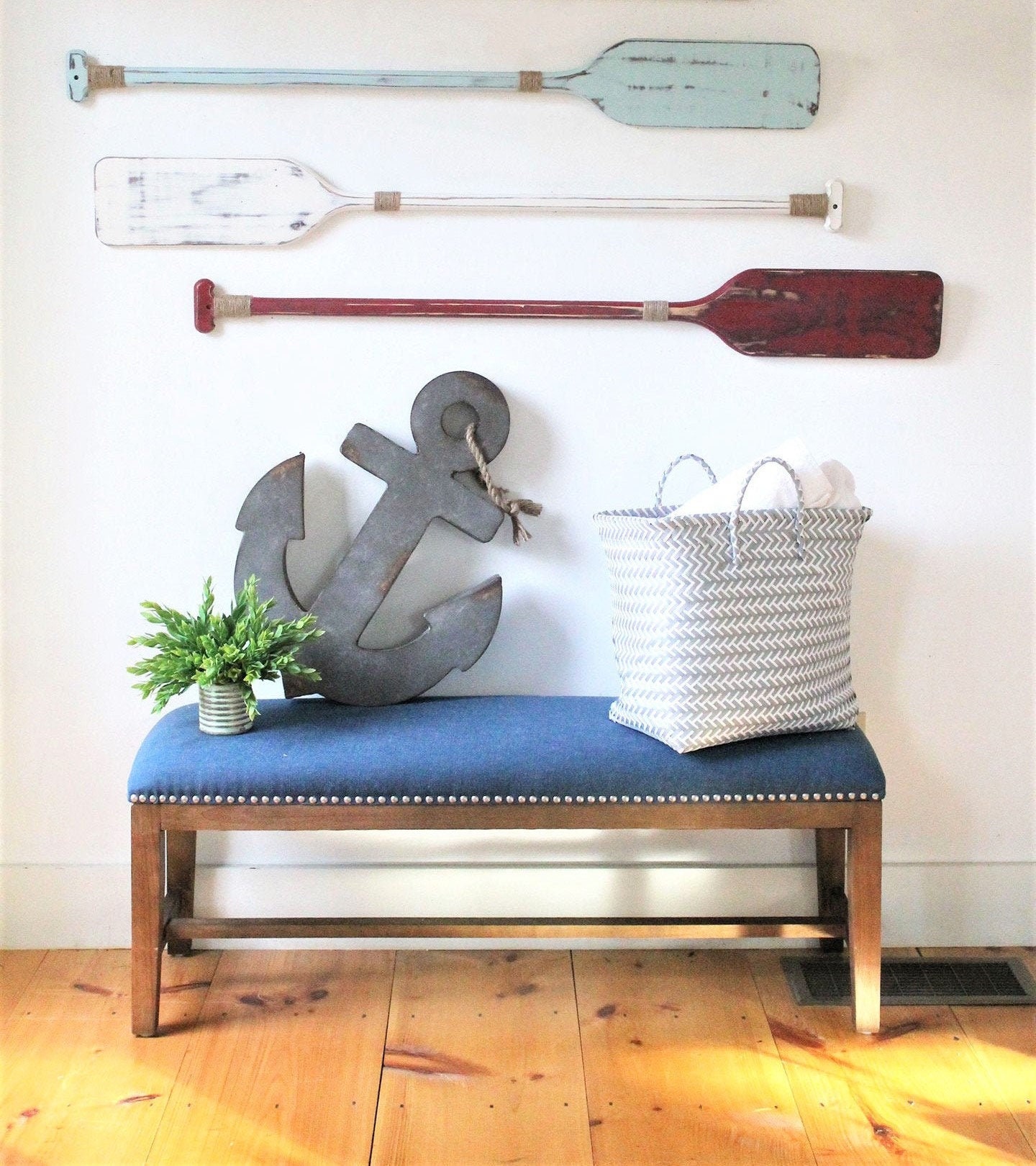Table of Contents
Introduction
Decorative wooden oars are not just tools for rowing; they are also stunning pieces of artwork that can elevate the aesthetic of any space. In my own home, I’ve found that displaying wooden oars adds a rustic charm that invites conversation and brings back fond memories of summer adventures on the water. This article aims to explore the various styles, uses, and maintenance tips for decorative wooden oars, providing you with all the information needed to make an informed decision when choosing one for your home.
A Brief History of Wooden Oars
Wooden oars have been around for centuries, dating back to ancient civilizations where they were essential for navigation on rivers and lakes. Their design has evolved over time, but the classic wooden oar remains a symbol of adventure and exploration. As decorative items, wooden oars began to gain popularity in coastal areas and among boating enthusiasts, becoming a staple in nautical-themed home décor.
The Evolution of Wooden Oars
From the simple paddles used by Indigenous peoples to the beautifully crafted oars of today, the evolution of wooden oars is a fascinating journey. They were originally made from a variety of woods, each chosen for its weight, buoyancy, and durability.
Styles of Decorative Wooden Oars
Decorative wooden oars come in various styles, shapes, and sizes. Understanding the different styles can help you select the perfect oar for your space. Below are some popular styles that have gained traction in home décor.
Vintage and Rustic Oars
Vintage wooden oars often feature a weathered look, showcasing the beauty of aging wood. They can be left in their natural state or painted in soft, muted colors to enhance their rustic charm.
Colorful Nautical Oars
Brightly painted oars with nautical themes are perfect for adding a splash of color to your space. These oars often depict sea creatures, anchors, or beach scenes, making them ideal for coastal or lake homes.

Comparison of Styles
| Style | Best For | Typical Colors | Size |
|---|---|---|---|
| Vintage & Rustic | Cabin, Rustic Homes | Natural Wood Tones | Varies (typically 5-7 ft) |
| Colorful Nautical | Coastal Homes, Kids Rooms | Bright Blues, Reds, Whites | Varies (typically 4-6 ft) |
Creative Uses for Decorative Wooden Oars
Decorative wooden oars are versatile and can be incorporated into your home in many creative ways. Here are some ideas to inspire you:
Wall Art
One of the most popular uses for decorative oars is as wall art. Hanging them on walls can create a focal point in a room, making them ideal for entryways, living rooms, or even children’s rooms. Combining two or more oars can create an interesting display.

Table Centerpieces
For gatherings, using a decorative oar as a table centerpiece can bring a touch of nautical flair. You can place it horizontally across a table and adorn it with seashells, candles, or flowers.
Furniture Accents
Using a wooden oar as a decorative accent for furniture pieces, such as a bench or a chair, can enhance the overall look. They can be attached to the wall behind a sofa or prop up against a decorative ladder.

Maintaining Your Decorative Wooden Oars
To ensure that your decorative wooden oars remain in pristine condition, it is essential to follow some basic maintenance tips:
Cleaning
Regularly dust your wooden oars to prevent dirt buildup. If they get wet, allow them to dry completely before placing them back on display to avoid warping or mold.

Polishing
A light polish every few months can help maintain the shine of the wood. Use a soft cloth and a wood-safe polish.
Note:
Avoid using harsh chemicals or abrasive materials when cleaning your wooden oars, as these can damage the finish.

Pros and Cons of Decorative Wooden Oars
Like any home décor element, decorative wooden oars have their pros and cons. Below is a comparison to help you decide if they are right for you.
Pros
- Adds a unique touch to your décor
- Versatile in use and style
- Can serve as a conversation starter
- Available in various sizes and colors
Cons
- Requires regular maintenance
- Can be expensive due to craftsmanship
- Susceptible to damage if not cared for properly

Frequently Asked Questions
Q1: Can I use decorative wooden oars outdoors?
A1: While decorative wooden oars can be used outdoors, it’s essential to ensure they are properly treated to withstand the elements. Consider placing them in a sheltered area.
Q2: How do I choose the right size oar for my space?
A2: The size of the oar should depend on the wall space or furniture it will accent. Generally, larger oars make a statement, while smaller oars may complement existing décor.

Q3: Are decorative wooden oars suitable for every home style?
A3: Decorative wooden oars are versatile and can suit various styles, especially nautical, rustic, and coastal themes. However, their suitability also depends on the color and finish.
Conclusion
Incorporating decorative wooden oars into your home décor can add a unique charm and a touch of the outdoors. Whether you choose vintage styles or colorful nautical designs, these oars serve not only as conversation starters but also as a beautiful reminder of life on the water. With proper care and creative use, your decorative wooden oars can enrich your home for years to come.